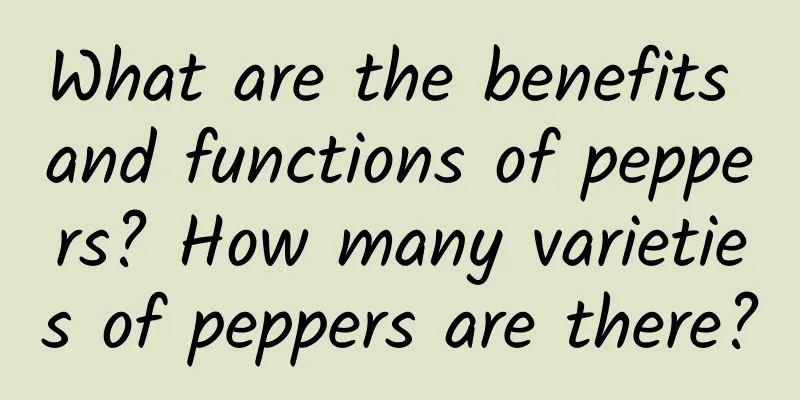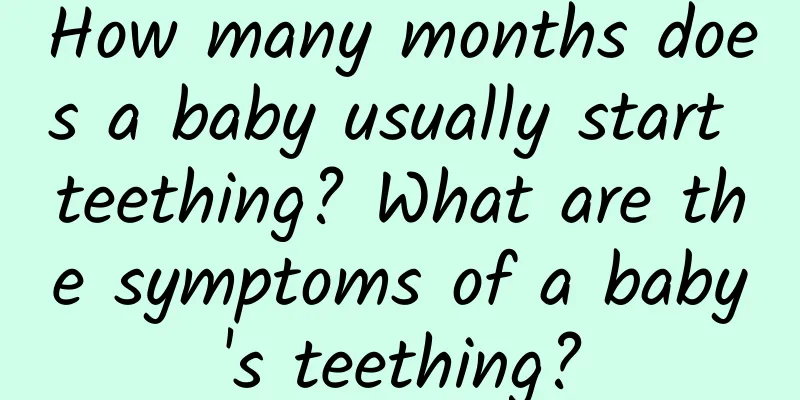"Mycoplasma pneumonia" has become a hot topic. Penicillin and cephalosporin are ineffective in treatment. How should the medication be used?

|
According to media reports, since July this year, Shanghai Children's Medical Center has admitted nearly 400 children with Mycoplasma pneumonia, which has doubled to about 80% compared with previous years. As the weather turns cooler, the number of children with Mycoplasma pneumonia infection seen in the outpatient clinics of children's hospitals in Beijing, Guangzhou and other places has increased. At the same time, the view that "Mycoplasma pneumonia infection virus generally reaches a peak every 3 to 5 years" has also caused concerns among many parents, who believe that this year may be the year of the "Mycoplasma pneumonia" epidemic. What is Mycoplasma pneumonia? What are the characteristics of Mycoplasma pneumonia this year? Mycoplasma pneumonia refers to lung inflammation caused by Mycoplasma pneumoniae infection, which can affect the bronchi, bronchioles, alveoli and lung interstitium. It is the most common community-acquired pneumonia in children aged 5 and above in my country. The main clinical manifestations of the disease are fever (mainly moderate to high fever, and persistent high fever indicates a serious condition) and cough (more severe, similar to whooping cough), which may be accompanied by headache, runny nose, sore throat, earache, etc. Mycoplasma is a microorganism, neither a bacterium nor a virus. The pneumonia it causes is completely different from the novel coronavirus. Mycoplasma that causes pneumonia generally has seasonal onset, but it is not a statutory infectious disease and is not as contagious as the novel coronavirus. Therefore, there is no need to worry too much. According to experts, compared with previous years, mycoplasma pneumonia in my country has become younger this year, and some children under 3 years old will also get sick. If related symptoms occur, they should seek medical attention in time. "In previous years, the downward trend began after one quarter, but this year it has lasted for more than five months," said Li Shuhua, director of the pediatric outpatient department of Guangzhou Women and Children's Medical Center. Li Dongzeng, chief physician of the General Infection Department of Beijing You'an Hospital, pointed out that before the COVID-19 pandemic, Mycoplasma pneumoniae would have a relatively large epidemic every 3 to 7 years. In the past three years, the incidence of respiratory diseases has decreased due to epidemic prevention and control measures, but this situation may lead to insufficient immunity, especially for children. Therefore, with the adjustment of epidemic prevention and control measures, the number of infections this year may increase significantly compared with previous years. Penicillin and cephalosporin are ineffective against mycoplasma pneumonia and symptomatic medication is required. When treating Mycoplasma pneumoniae infection, effective drugs should be selected according to the patient's specific situation. Since penicillin and cephalosporin antibiotics are ineffective against Mycoplasma pneumoniae, these two types of drugs cannot be used to treat Mycoplasma pneumoniae infection. 1. General and symptomatic treatment Mild cases do not require hospitalization. Closely observe changes in the condition, test blood routine and inflammatory indicators, and pay attention to the identification of severe and critical cases. Pay attention to adequate rest and energy intake, ensure water and electrolyte balance, and provide symptomatic treatment. 2. Anti-Mycoplasma pneumoniae medication (see Table 1) Table 1 Drugs against Mycoplasma pneumoniae 3. Glucocorticoid therapy is mainly used for children with severe and critical illnesses. The routine use of methylprednisolone 2 mg/(kg·d) may not be effective for some severe children. The dose should be adjusted according to the situation, up to 4~6 mg/(kg·d). The total course of treatment generally does not exceed 14 days. A small number of children are seriously ill, with excessive immune inflammatory responses or even cytokine storms, and may need a larger dose. The efficacy needs to be evaluated daily. If it is effective, the body temperature will drop significantly or return to normal 24 hours after application. If the temperature does not drop as expected, factors such as insufficient methylprednisolone dose, mixed infection, misdiagnosis, complications, or other improper measures should be considered. There is no vaccine yet, daily prevention is very important, and children should seek medical attention promptly if they have symptoms Parents should take their children to see a doctor promptly if they have symptoms of Mycoplasma pneumonia infection in children under 3 years old. Experts remind that when Mycoplasma pneumonia infection occurs, the child's fever may not be serious, but there will be wheezing or difficulty breathing, or depression in the clavicle, that is, a pit will appear in the clavicle when the child inhales, and they need to go to the hospital for treatment in time. If the child is under 3 years old, or has underlying diseases such as congenital heart disease, genetic metabolic diseases, etc., it is best to see a doctor as soon as possible if a high fever or cough occurs. Mycoplasma infection is mainly transmitted through direct contact and droplets. Although it is not highly contagious, you need to pay attention to protection. At present, there is no targeted vaccine to prevent mycoplasma pneumonia. Pay attention to daily protection, reduce gatherings, maintain good hygiene habits such as frequent hand washing; pay attention to indoor ventilation, try to avoid crowded and poorly ventilated public places, and wear a mask when you must go; cover your mouth and nose with a tissue when coughing or sneezing; keep your hands clean, and wash your hands frequently with soap or hand sanitizer under running water; schools, kindergartens and other places should pay attention to ventilation and disinfection to avoid clustered infections. References National Health Commission of the People's Republic of China. Guidelines for the diagnosis and treatment of Mycoplasma pneumonia in children (2023 edition) [EB/OL]. 2023-2-6. |
>>: Can eating bananas relieve constipation? Not true! Such bananas will aggravate the symptoms
Recommend
The best age for girls to learn street dance
In recent years, street dance has been introduced...
What diseases are women prone to?
Women need to make reasonable arrangements for th...
A small patch contains great energy
When watching sports games, we often see athletes...
How does fermented rice wine and eggs enhance breast size?
Breast enhancement has always been a topic of spe...
Can I wash my vagina during menstruation?
During menstruation, the first thing to do is to ...
What are the symptoms of mixed fungal and trichomoniasis infection?
Mixed infection with fungi and trichomoniasis is ...
What happens when the uterus contracts during menstruation?
Most women know that they cannot have sex with me...
What to do if there is a lump in the milk
For newborn babies, the main source of nutrition ...
Menstrual cramps and blood clots, the reason is actually like this
Some women experience obvious dysmenorrhea sympto...
What is the cause of endometrial thickness?
Women's physical examinations will include gy...
Does laser hair removal affect menstruation?
As people pay more attention to their appearance,...
Tips for midnight dysmenorrhea and insomnia
Dysmenorrhea is a problem that many women with co...
Nuan Gong Yun Zi Wan for the fallopian tube
It seriously affects women's fertility. Nuan ...
You must try this crispy and tender ivory vegetable once!
In addition to enjoying the flowers blooming all ...
What is the normal range of AMH value?
Everyone should know that the AMH value is an ind...









